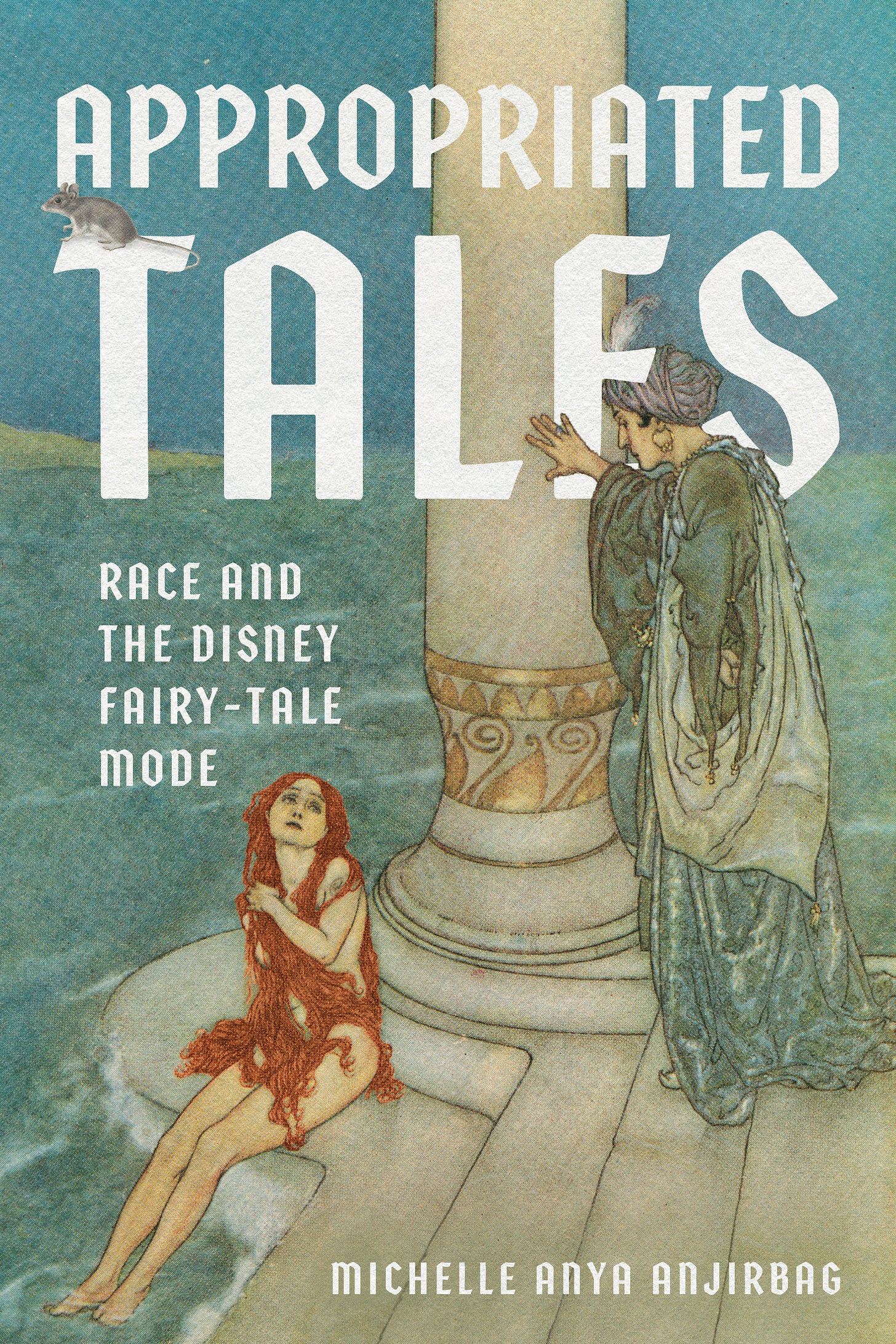Book Cover Design Process: Appropriated Tales
by Michelle Anya Anjirbag
Welcome to How to Design a Book Cover, a bonus series from A Book Designer’s Notebook in which I walk you through a particular cover design from start to finish. This is a bonus series for paid-tier subscribers.
Paid subscribers get access to How to Design a Book Cover and diary updates on the process of turning this newsletter into a book.
This week, I’m sharing the process behind my cover for Appropriated Tales: Race and the Disney Fairy-Tale Mode by Michelle Anya Anjirbag.
The Brief
Every book cover projects starts with a creative brief. This brief usually shares a description of the book, technical specifications, potential art direction from the author, and art direction from the press itself. When it’s a self-published client, I build the brief myself.
Here’s a look at what I received for this project:
Title: Appropriated Tales
Subtitle: Race and the Disney Fairy-Tale Mode
Byline: Michelle Anya Anjirbag
Trim: 6” x 9”
Format: paperback; hardcover/printed case
Series: Donald Haase Series in Fairy-Tale Studies
About the Book: The manuscript defines and analyzes what the author calls the “Disney fairy-tale mode” and its impact on fairy-tale structures and conceptions of the fairy tale in popular imagination. These impacts on the establishment and reiteration of normative imaginary worlds are illustrated by interrogation of Disney’s inclusion of racial, ethnic, and national difference beyond the United States. Thus, the book aims to theorize Disney’s method of storytelling as the “authorized” creator of United States cultural fairy tales, on the one hand, and the gap between the corporation’s stated intentions and their real community impacts, on the other. [Appropriated Tales] would join WSUP’s strong list in critical fairy-tale studies and the influence of conceptions of race on story formation and reception.




